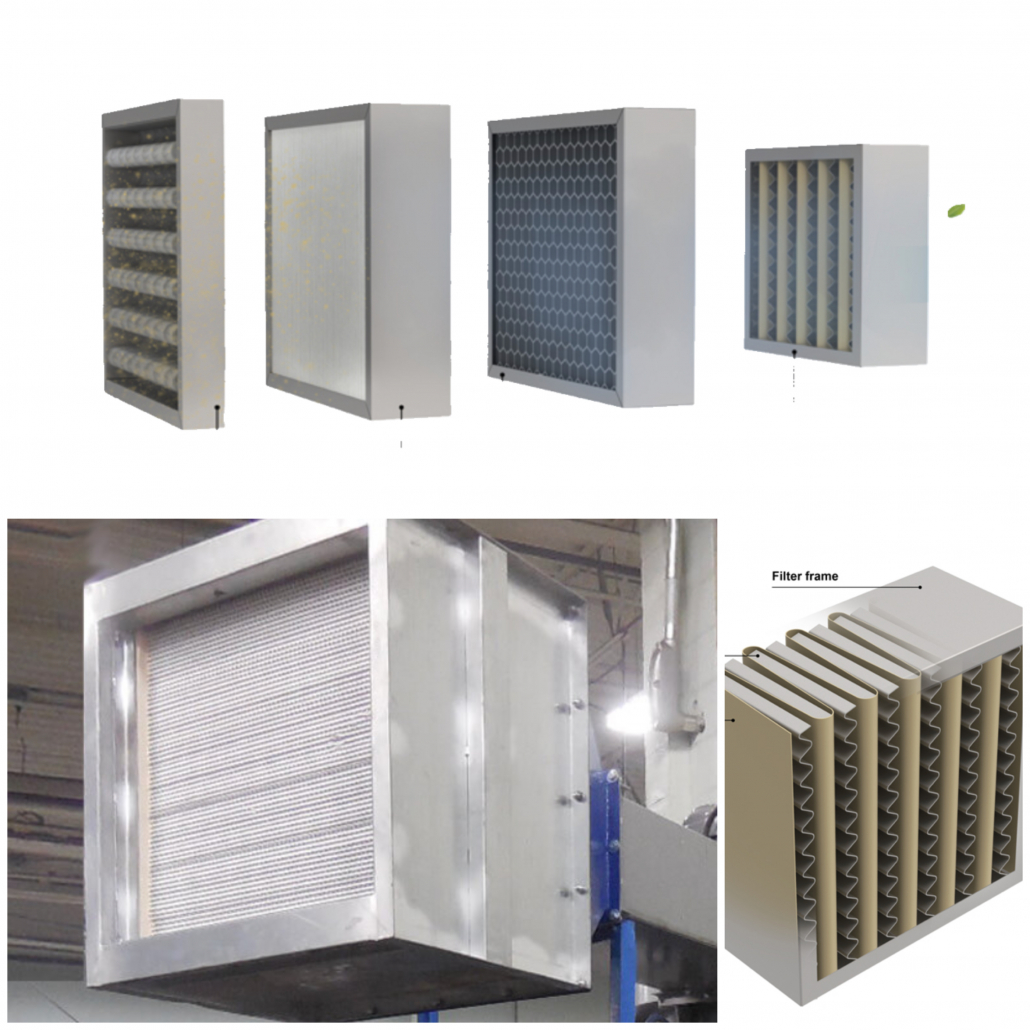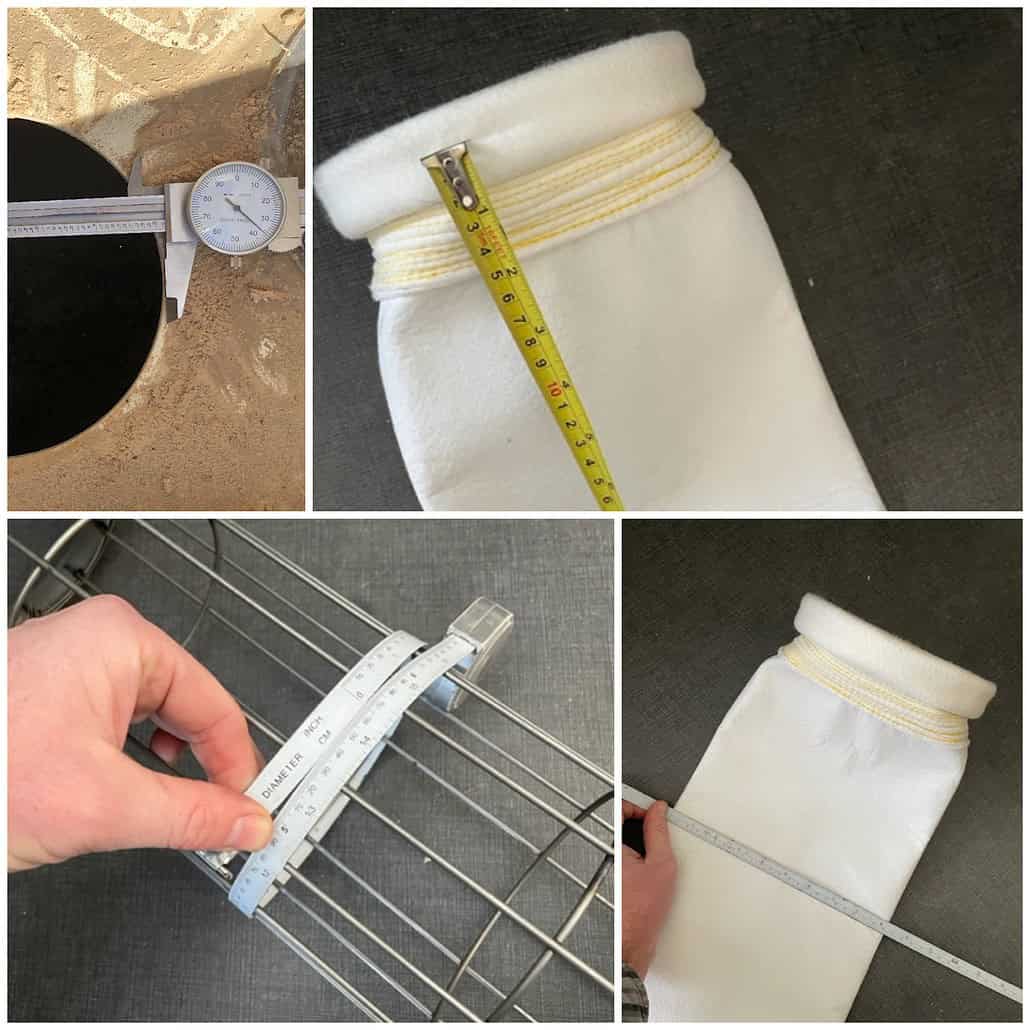Slag processing facility recently agreed to pay over $325,000 in fines for a violation of their air permit. What major infraction lead to such an immense fine? A broken differential pressure gauge on their baghouse!
By Dominick DalSanto
Dust Collection Expert
Baghouse.com
Portage, Indiana – On September 18th, 2014 a manufacturing plant agreed to pay $325,000 in fines over a broken dust collector differential pressure gauge and falsified reports.
Calumite Company LLC manufactures an additive for the glass industry made from recycled slag from nearby steel mills. As part of its air permit with the state of Indiana, the company is require to operate dust collection systems throughout the plant and to record and report their operation efficiency to state regulators.
Over a period of at least 16 months this particular unit did not have a working differential pressure gauge (also called a magnehelic gauge). Rather than replace the broken gauge, workers regularly estimated DP readings for their reports and then submitted them to state and federal regulators as required. The dust collector in question controlled emissions from the loading and unloading of the company’s product onto railcars and truck trailers. During the course of the investigation, several workers admitted to falsifying reports, and supervisors even admitted to knowing about the broken gauge, but signed-off on the readings and submitted the reports anyway.
What is Differential Pressure on a Baghouse?
State and federal regulators often use differential pressure readings to determine how efficiently a dust collector operates and thus use it as a standard for controlling emissions. Differential pressure is the difference in pressure between the clean and dirty air sides of a dust collector. As dirty air passes through the filters in a dust collector it encounters resistance from the fabric and any buildup dirty on the filters. When the filters are clean there is less resistance and thus a lower drop in pressure between the two compartments inside the dust collector. For this reason, differential pressure readings tell operators the current condition of the filters and the unit in general. If the DP is high, it can signify high dust loading, filter blinding (i.e. clogged filters) which in turn lead to high emissions. A abnormally low reading can also mean that the filters have holes in them or have come lose…also resulting in high emissions.
Lessons Learned? – Do Not Neglect The Dust Collectors
The company was fined for operating one of its dust collectors without taking accurate differential pressure readings. While most dust collection related penalties and fines are related to failure to replace blinded or torn dust collector filters (often due exceeded service life, lower efficiency media, or pushing too much airflow through the filters) this fine comes solely from a failure to accurately monitor the dust collector operation and to record and report it accurately.
The take away here is to never neglect dust collection system maintenance, operation, and especially as this case highlights, reporting. While keeping up with the many regulations, regulations, standards, and requirements imposed on facility managers for dust collection systems might pose a challenge, forgoing the needed maintenance to change something seemingly small and unimportant (in this case a DP gauge) will eventually cost far more in fines, lost productivity, system downtime, and repair costs than maintaining the system properly ever will.
Link to official case record: https://www.justice.gov/opa/pr/indiana-manufacturer-pleads-guilty-clean-air-act-false-statement-violations







